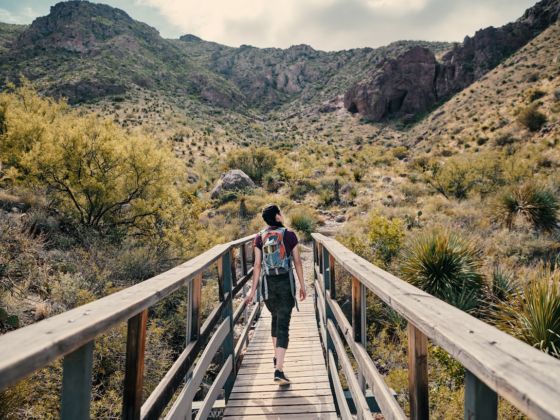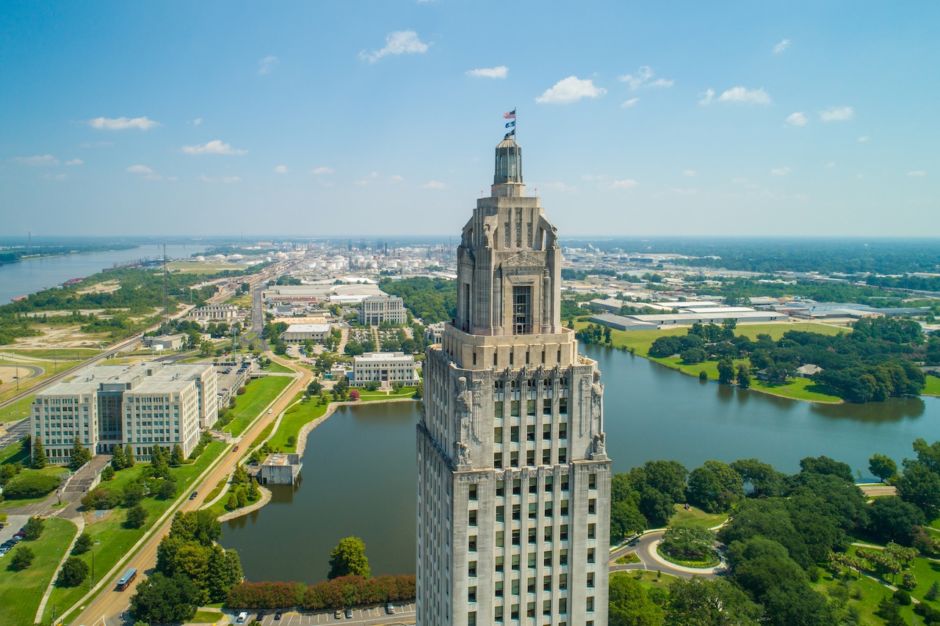While places like the Grand Canyon and Yosemite may hog the attention of nature lovers (and the resulting hordes of tourists), there are plenty of US cities with pristine nature right in their backyards literally asking to be visited — no long lines or shuttle buses in sight.
And get this: Taking in the country’s gorgeous vistas doesn’t have to wait until you reach your destination. Leave the driving to Greyhound, and you can lean back in your reclining leather seat and let your sightseeing begin as soon as you hit the road. And with free on-board wifi, you can share all your snap-worthy pics along the way.
With thousands of North American destinations to choose from and an emissions savings of 85% vs. traveling by car, Greyhound gives eco-conscious travelers a greener alternative for exploring the country. When you arrive, you’ll typically find yourself right in the heart of downtown, ready to jump right into the city — or, in the case of these seven destinations, head straight for the hills.
1. Tucson, AZ
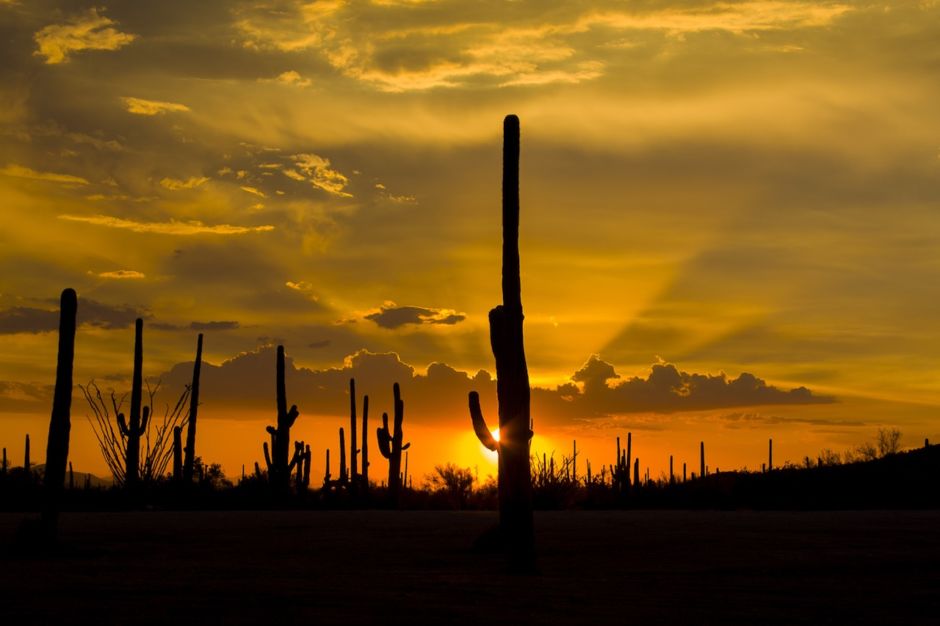
Photo: Pete Gregoire/Visit Tucson
Close your eyes. Imagine a cactus. A quintessential cactus, if you will — the cactus of old TV Westerns and your childhood drawings. Do you see it?
You just imagined a saguaro cactus. They’re the largest in the US, sometimes growing to be 40+ feet tall and living more than 150 years. And if you want to see one up close and personal, there’s only one place to do it: Saguaro National Park.
When you visit Tucson, Greyhound will drop you downtown at the E 12th St station. From there, head either east or west into the park; its two sections bookend the city. To see the saguaro in bloom, plan your visit for late April through June.
2. Burlington, VT

Photo: Shutterstock/Gerlach Photos
When you step off the bus at Greyhound’s Saint Paul St stop, you’ll find yourself one block from Church Street Marketplace. With over 100 places to eat, shop, and explore, you’ll never run out of things to do when you return to town from your outdoor adventures. For many of the best green spaces around, though, leaving town isn’t even necessary.
Visit Red Rocks Park in South Burlington for walking trails that culminate in stunning views overlooking Lake Champlain. Or head directly to the waterfront, downhill from downtown, and make use of the grassy picnic areas and swinging benches.
Also make note of the natural areas managed by the environmental program at the University of Vermont. Centennial Woods is just within city limits and has a well-developed system of trails for discovering the 65 acres of fields, forests, and streams.
3. Asheville, NC
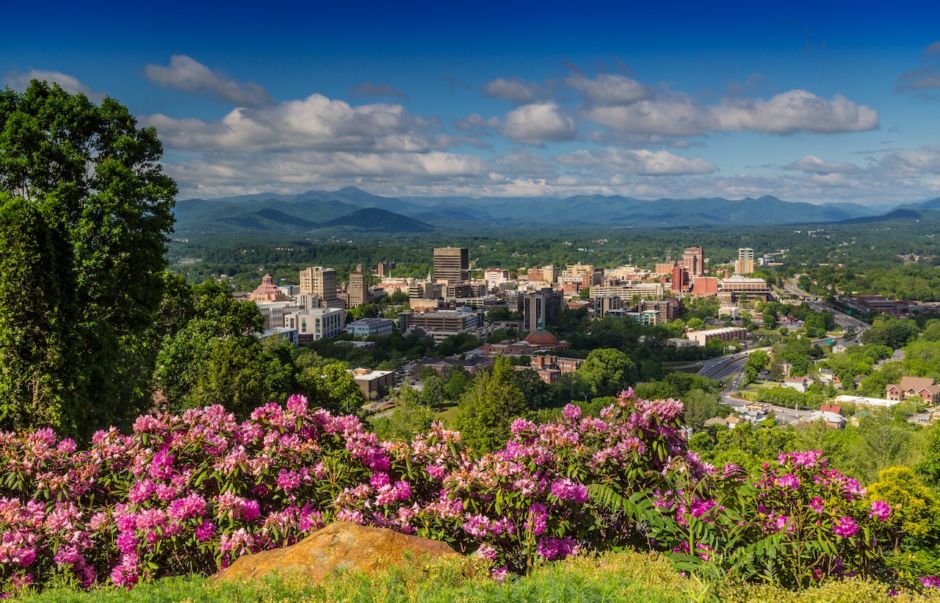
Photo: Explore Asheville
There really isn’t a limit to the ways you can experience Asheville. After you depart the Greyhound station on Tunnel Rd (about a mile east of downtown), city buses, trolleys, taxis, ride share services, and bicycles are all available. Once you’re further afield, your method of transit will be zipline tours, hiking, canoeing, tubing, and horseback riding.
Regardless of how you get there and get around, don’t miss the Biltmore Estate and its 8,000-acre grounds, which include 22 miles of trails through the estate’s forests and 2.5 miles of paths that weave among the formal and informal gardens. Then there’s the nearby Blue Ridge Parkway, which you can use to navigate into the Blue Ridge Mountains.
Whatever you’re looking to do, there’s probably a place in or near Asheville where you can do it — even if “it” is sliding down a 60-foot natural waterslide (find that one in Pisgah National Forest).
4. Baton Rouge, LA
Visit Baton Rouge in November or December, and you can experience the migration of the American white pelican. Birdwatchers flock to LSU and city lakes every year to see thousands of these birds descend on the Pelican State. Exit the Greyhound station on Florida Blvd and head south to get there yourself.
West of the city is where you’ll find bayous, lakes, swamps, and forests hosting a wide range of species, all encompassed by the Atchafalaya National Wildlife Refuge. Spring is the best time to visit for birdwatching, but fishing, paddling, biking, and hiking round out the year. The refuge is home to Louisiana black bears, over 200 different species of birds, and, of course, alligators!
5. Sacramento, CA
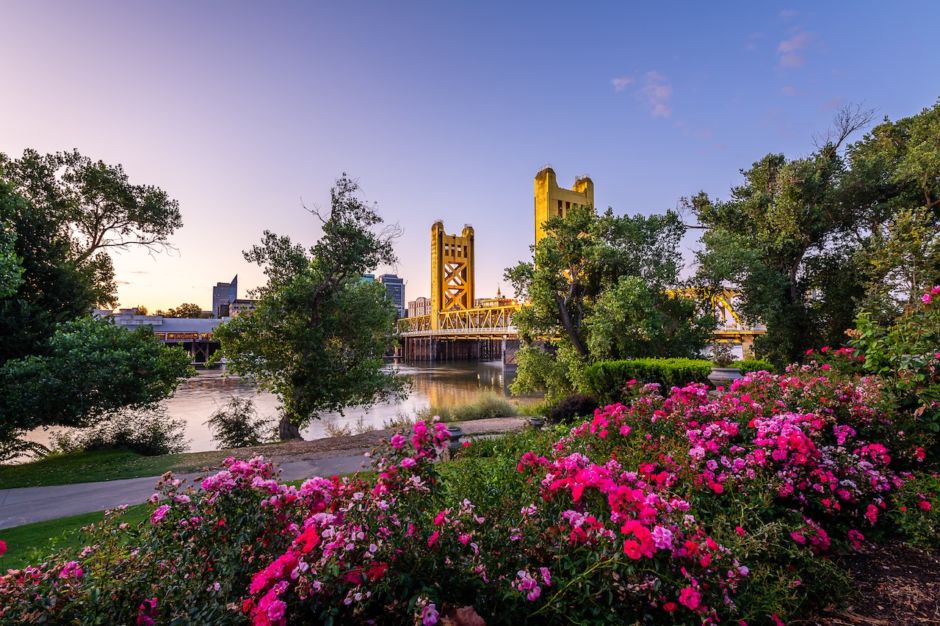
Photo: Shutterstock/Chris LaBasco
Nature prefers the sun, not the limelight. While the crowds flock to Los Angeles and San Francisco, book it to California’s greener capital. From the Richards Blvd Greyhound station, you could walk to the confluence of the American and Sacramento Rivers, spending a moment at Matsui Waterfront Park. Follow the park’s trails southward, and you’ll find yourself immediately in the city’s historic Waterfront District, across from River Walk Park.
Maybe you want to kayak or tube the American River a bit farther east, though you could also hop on two wheels on the American River Trail. It takes you through Sutter’s Landing Regional Park and near Sutter’s Fort State Historic Park, from which rescue teams set out to find the famous Donner Party. Further from town there’s the Folsom Lake State Recreation Area, Eldorado National Forest, and — clocking in at under three hours — Yosemite National Park.
6. Milwaukee, WI
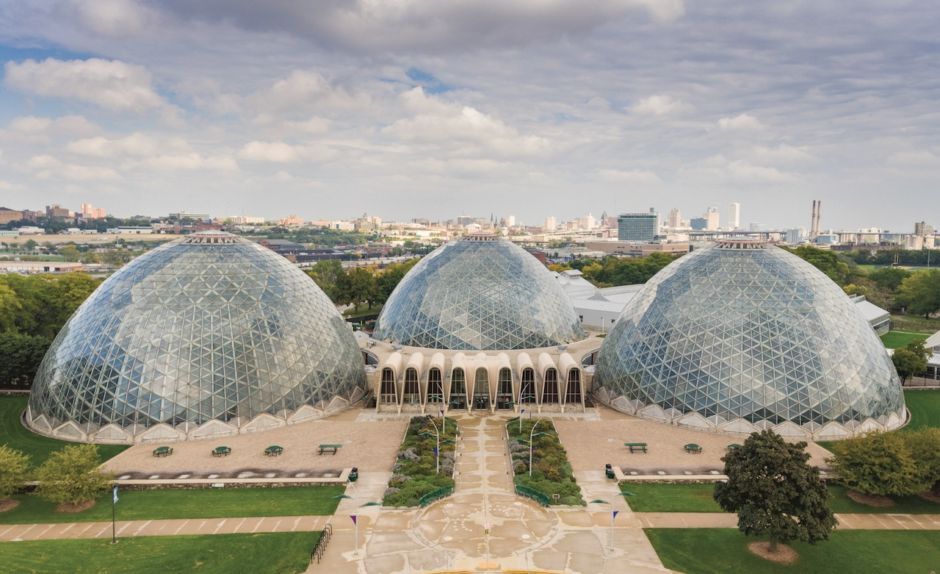
Photo: VISIT Milwaukee
If you don’t immediately think of nature when you think of Milwaukee, this one’s for you. Milwaukee is home to Lake Park, the Milwaukee River Bike Trail, South Shore Park, Washington Park and its Urban Ecology Center, Three Bridges Park…frankly, way too many parks to list. There are more than 140 of them within the Milwaukee County Park System, totaling close to 15,000 acres. Don’t miss the Milwaukee RiverWalk, a three-mile riverfront parkway that connects the northern end of the city to the Historic Third Ward — just a few minutes from Greyhound’s W St. Paul Ave station.
Milwaukee is also where you’ll find the Mitchell Park Horticultural Conservatory, or, as locals call it, The Domes. This site takes it a step further than having pristine nature in its backyard — here, it’s indoors. Visitors can explore a diverse range of ecosystems, including floral gardens, a tropical dome, a desert oasis, and more.
7. El Paso, TX
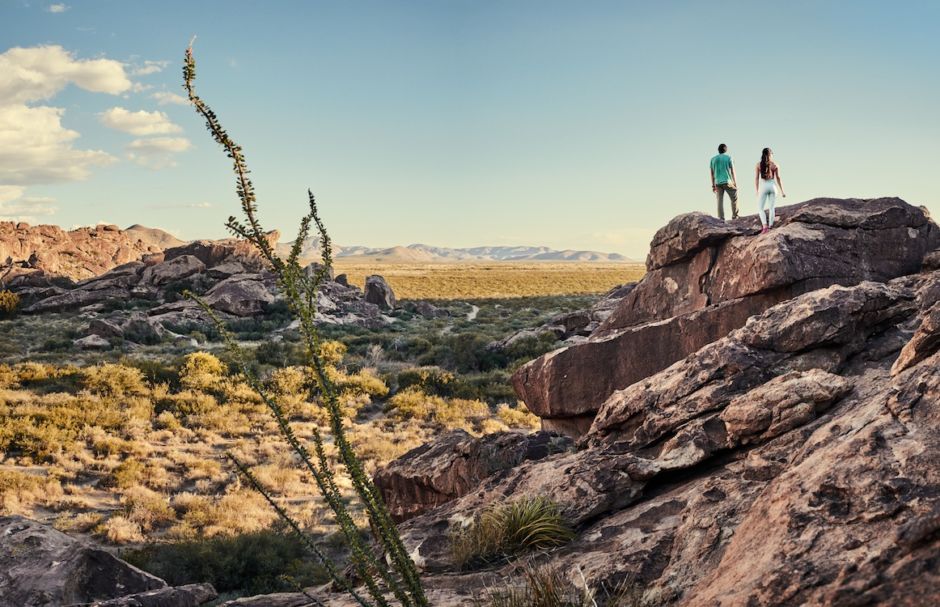
Photo: Visit El Paso
El Paso + nature = Franklin Mountains State Park, the largest state park in the country in an urban setting, containing 100 miles of trails. And you would think that’d be plenty for one city…but not for El Paso.
There’s also Hueco Tanks State Park & Historic Site less than an hour’s drive to the east. The 860-acre park is named for the hollow depressions (huecos) that have formed in the boulders and rock faces of the area and collect rainwater. Rock climbing is the big draw here, and visitors can do so on their own or with a guide. Keep an eye out for the many Native American rock paintings, or pictographs, some of which are thousands of years old.
El Paso is sunny 300 days a year, so it’s hard to find a bad time to visit. When you arrive, you’ll be at Greyhound’s W San Antonio Ave station, right in the heart of town. Soak up some local culture, and then choose your own adventure.

